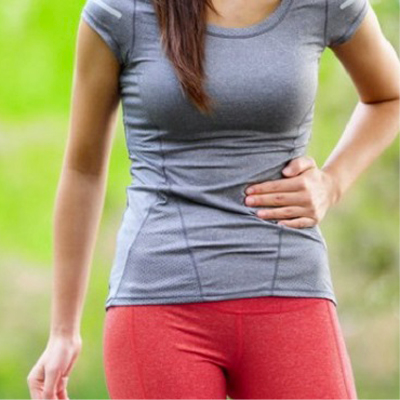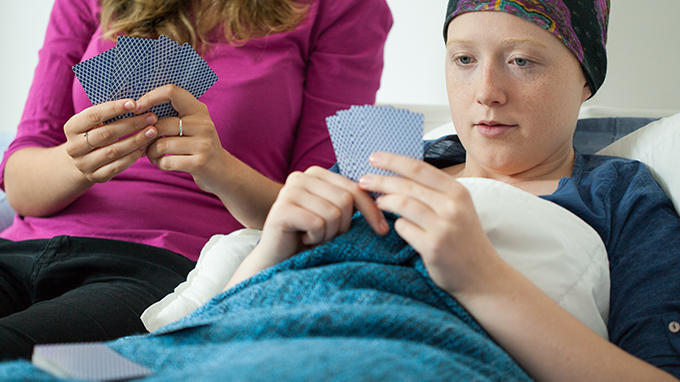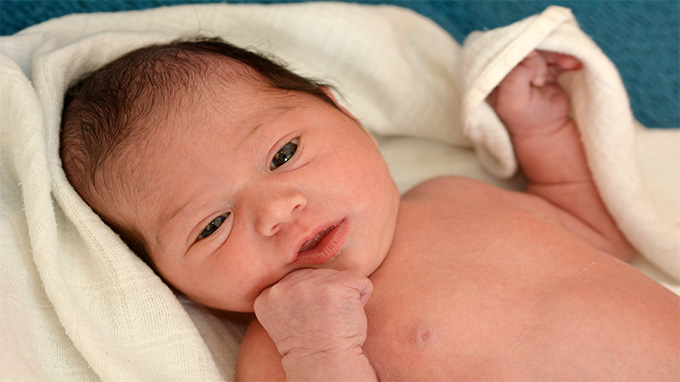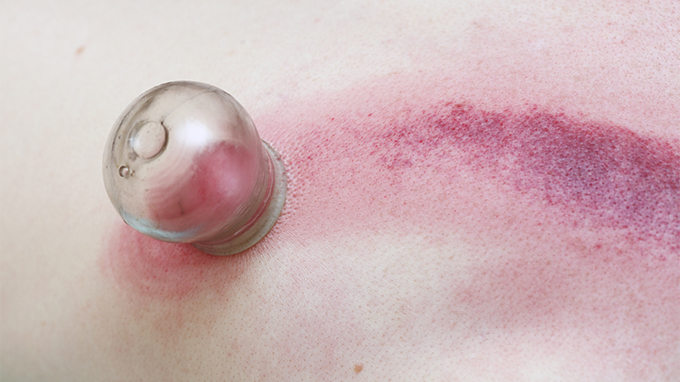What are the symptoms of Crohn's disease?

The
clinical symptoms of Crohn’s disease include abdominal pain, diarrhea, abdominal
mass, fistula formation, and intestinal obstruction, which may be accompanied
by fever, anemia, nutritional disorders, and extraintestinal damage to joints,
skin, eyes, oral mucosa, and liver. The disease can recur and persist without
healing.
1. Digestive system performance
(1) Abdominal pain is located in the right lower abdomen or around the
umbilical cord. It presents cramping pain, with intermittent attacks,
accompanied by bowel sounds, which aggravate after meals, and relieve after
defecation. If the abdominal pain persists and the tenderness is obvious, it
indicates that the inflammation spreads to the peritoneum or the abdominal
cavity and forms an abscess. Actute total abdominal pain and tight abdominal
muscles may be caused by acute perforation of the diseased intestine.
(2) Diarrhea is caused by inflammation and exudation of the diseased
intestine, increased peristalsis, and secondary malabsorption. Intermittent
seizures started at the beginning, and persistent mushy stools without pus,
blood, or mucus in the later stage. If the disease involves the lower part of
the colon or rectum, there may be mucus, bloody stools, and tenesmus.
(3) Abdominal masses are more common in the
right lower abdomen and around the umbilical cord. They are caused by
intestinal adhesions, thickening of the intestinal wall and mesentery, enlarged
mesenteric lymph nodes, internal fistulas, or local abscess formation.
(4) Fistula formation is one of the clinical features of Crohn’s
disease. Transmural inflammatory lesions penetrate the entire intestinal wall
to extraintestinal tissues or organs, forming a fistula. Internal fistula can
lead to other intestinal segments, mesenteric, bladder, ureter, vaginal retroperitoneum.
The external fistula leads to the abdominal wall or perianal skin.
(5) Perirectal lesions. A few patients have lesions such as fistulas, abscess formation, and anal fissures around the anus and rectum.
Related Articles

- Teach you a few tricks to deal with your child's jaundice
- In the clinic, we found that half of the newborn babies will become yellow (60% full term infants, 80% premature infants). Such children are usually diagnosed as neonatal jaundice. The reas
- 2020-08-02

- Why Chinese mothers breastfeeding rate is not high
- Today, the proportion of Chinese mothers who breastfeed exclusively is not high. Information shows that the proportion of Chinese mothers who are "breastfeeding" is 52.4%; followed
- 2020-08-02

- Breastfeeding children are more adaptable to the outside world
- Breastfeeding has many benefits. The latest research shows that breastfeeding children are more adaptable to the outside world. Studies have shown that breastfeeding children aged 0 to 1 y
- 2020-08-02

- Breastfeeding is good for mothers
- Everyone knows the benefits of breastfeeding, and has repeatedly emphasized that 4-6 months of exclusive breastfeeding is enough. However, according to surveys, breastfeeding rates in China
- 2020-08-02

- Baby grow up, how to add food supplement
- Xiaobao is 7 months old. The baby''s grandma said that it is time to add supplementary food to the baby. This morning, Grandma carefully steamed the eggs for her grandson. She told
- 2020-08-01

- What kind of milk should a child drink
- The benefits of breast milk for babies are well known. Unfortunately, mothers have to give up breastfeeding their children for various reasons. Therefore, milk replaces breast milk. Although
- 2020-08-01
